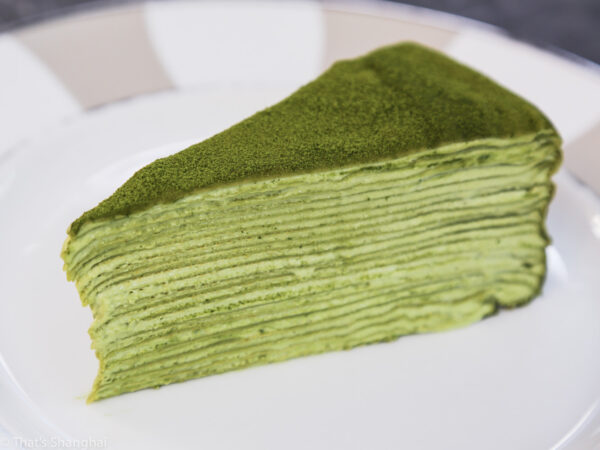Matcha, a finely powdered form of green tea leaves, has become increasingly popular in the culinary world over the past few years, especially in desserts. From matcha ice cream to matcha cupcakes, matcha cheesecake to matcha macarons, the possibilities seem endless. So, what exactly is matcha and why has it become such a sensation?
What is Matcha?
Matcha is a type of green tea that originated in China but is now primarily produced in Japan. Unlike other types of green tea, the leaves used for matcha are shade-grown for several weeks before harvest. This process increases their chlorophyll content and creates a vibrant green color. After harvesting, the leaves are steamed, dried, and then ground into a fine powder using traditional stone mills.

Popularity
Matcha’s popularity likely stems from its unique taste and health benefits. Matcha has a sweet, earthy flavor and is known for its high concentration of antioxidants, which have been linked to numerous health benefits such as reducing the risk of chronic disease and protecting against cellular damage.
Matcha has also become associated with contemporary food culture and Instagram-worthy aesthetics. Its bright green color makes it a popular ingredient for creating visually stunning dishes and desserts that are perfect for sharing online.
Cultural Significance
Matcha has a long-standing cultural significance in Japan and has been used in tea ceremonies for centuries. The Japanese tea ceremony, or chanoyu, is a ceremonial way of preparing and serving matcha that emphasizes the respect and appreciation for art, nature, and simplicity.

Matcha-flavored desserts, therefore, represent a fusion of traditional Japanese culture with contemporary Western sweets. They offer a modern take on traditional flavors and have become a symbol of cultural exchange and innovation in the culinary world.
The popularity of matcha-flavored desserts shows no signs of slowing down. Matcha offers a unique taste, numerous health benefits, and iconic visual appeal that has captivated the imaginations of foodies and culinary enthusiasts around the world. Matcha-flavored desserts have also become a symbol of cultural exchange and innovation, and often represent a fusion of traditional Japanese culture with modern Western cuisine.
Whether you enjoy matcha for its taste, health benefits, or cultural significance, one thing is certain: it has truly become a beloved and culturally significant ingredient in the culinary world.




